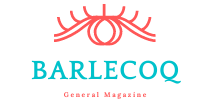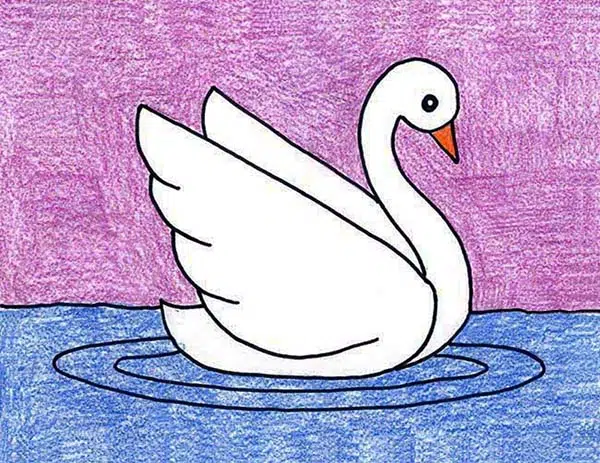Drawing For Kids since they commonly inhabit wet environments like ponds and rivers, ducks are frequently referred to as “waterfowl.” Depending on the species and proper care, ducks can live up to 20 years. The amount of daylight has an impact on egg production.
The ducks will lay more eggs when there is more daylight. These skilled swimmers have waxy, impermeable feathers covering an inner layer of down that keeps them warm and dry. Drawing For Kids duck species can soar up to 21,000 feet, while others may dive as deep as 240 feet. They can travel far and at speeds of up to 60 mph with the assistance of the wind.
Step By Step Duck Drawing
Create the head and the body:
- Draw the body and head of the duck first. Make a little oblong in the upper right corner of the paper to do this. Then, draw a big oblong in the center. This will serve as the body for your duck.
Embrace the Neck:
- Now that the body and head are finished, let’s build the duck’s neck. Draw this line from the lower half of the torso down to the left side of the head. Similar actions, on the other side,
Create a tail and a beak:
- To help the duck gain a beak, let’s draw one. From the top right corner of the head to the bottom, sketch a rough line with a downward slope. On the lower third of the right side of the skull, draw a second line, bend the bottom just a little, and position it there. The length of the bottom pick must exceed that of the top beak.
- A reversed V is then drawn in the center of the two lines to join them. For the tail on the left side of the body, draw an irregular shape; the reference image will help you get the right shape.
The development of The Feather and Eye Guide:
- We’ll offer our duck’s feathers this time. To do this, link the previously drawn tail with an up-down stroke. Use the reference photo up top as a guide to pick the best feather for the tail. The upper border of this upward-descending stroke won’t rise past the third-step curve line. Then, make a little circle in the center of the head.
Cut the unnecessary line, and then add an eyeball:
- Cut out any extra lines starting at the tail feather’s top. To connect the tail to the neck, cut the line on the lower left side of the head. Insert the crescent moon inside the eye guide you already created.
Additional Details:
- For the details, trace a wavy line from the neck at the top of the body to the lower half. Then draw a long horizontal line around the duck. This is how water retrieval will be done in the future.
We must complete The Water and the Feather:
- Illustrate the water by drawing a circle with the horizontal line that passes beneath the duck; inside the body of the feather, form a sizable, upward-facing letter C. In the next stage, the feather will be prepared in this manner.
To finish the feather, any surplus line must be cut:
- The horizontal line in the center is taken out, and the water is now ready for the duck. To symbolize the feather, draw a linked, curving line beginning at the upper-left corner of the letter C. This group of three shapes resembles a finger. Next, quickly draw a horizontal line across the neck of your duck.









